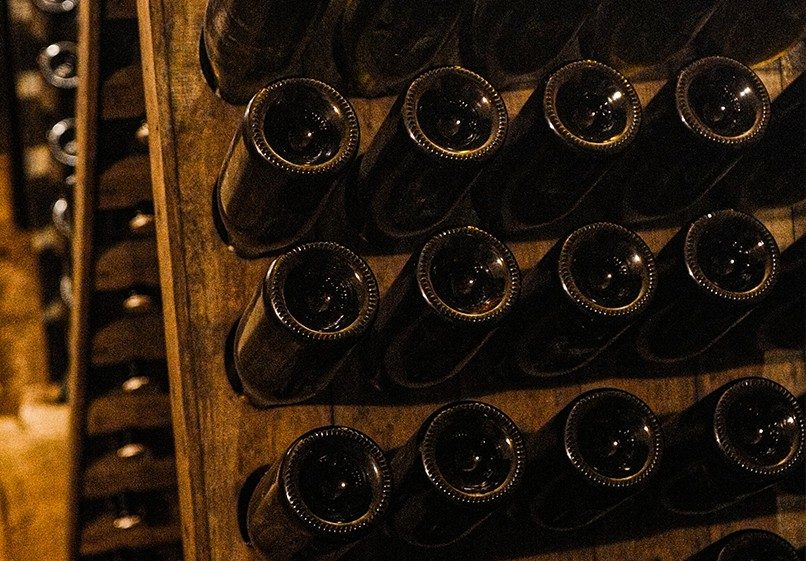Our terroir
AOC Vouvray, an oasis for Chenin Blanc
OUR HISTORY
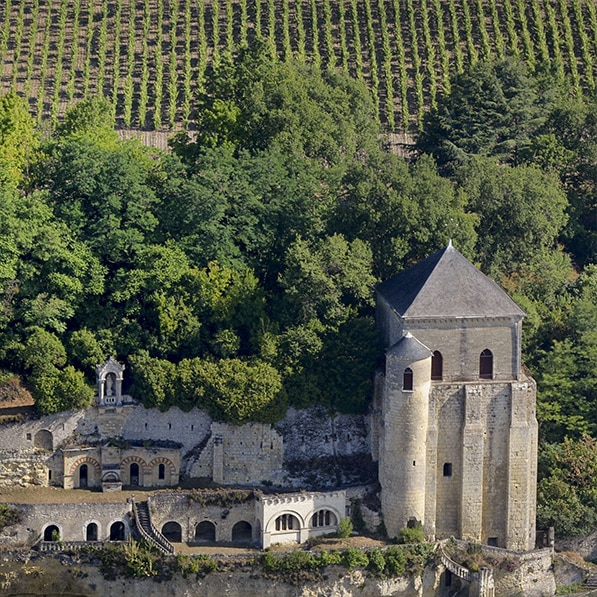
Year 372
In 372 Saint Martin founded the famous Abbey of Marmoutier and planted the first vinestocks in Vouvray. It is said that his greedy donkey discovered the benefits of short pruning for vines. A visionary or just an adventurous man, Saint Martin initiated a tradition that has lasted nearly 2000 years.
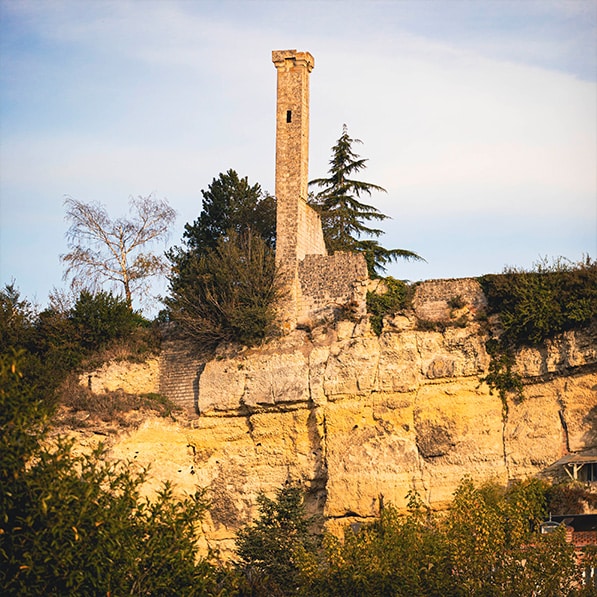
The beginning of the 13th century
As early as the 13th century, white grape varieties were exclusively planted on the edge of the plateaux and hillsides made of stony and limestone soils. Chenin Blanc - locally called Pineau de la Loire - was considered as the noble grape variety of the vineyard. As François Rabelais wrote in his famous work 'Gargantua' in the 16th century: 'This pineau wine, O this lovely white wine! By my soul, it's such a silky, soft wine'.
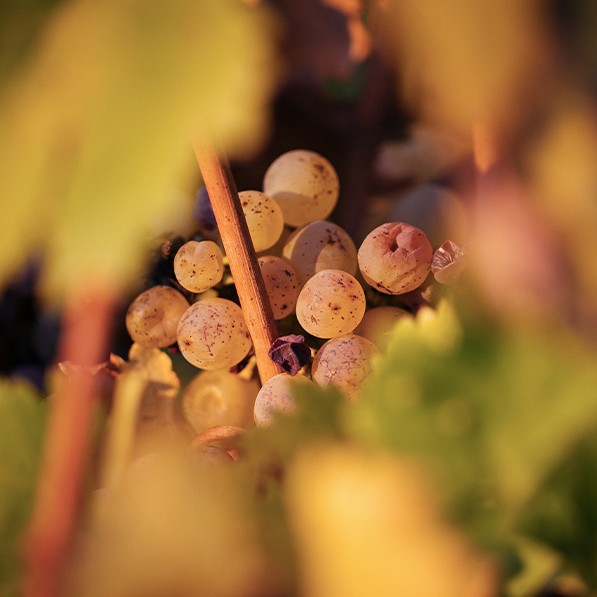
The 15th and 16th centuries
The kings of France who came and spent time in the castles of the Touraine region acknowledged the quality of Vouvray wines and promoted them. Some famous Vouvray wines belonged to the French crown and were served at the king's table. At that time the Loire river was an ideal means of transport and up until the late 19th century, Vouvray wines were marketed and shipped to northern European countries thanks to Dutch wine merchants.
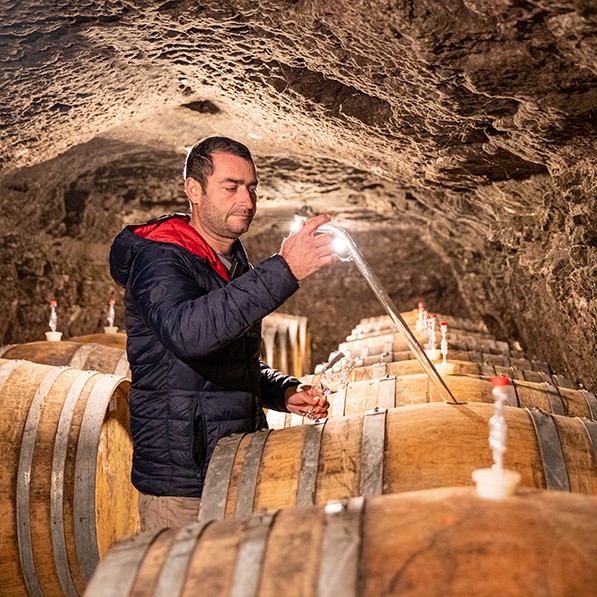
From 1906
A defence union was created to deal with unfair competition coming from dishonest merchants who sold inferior wines coming from other regions under the name 'Vouvray'.
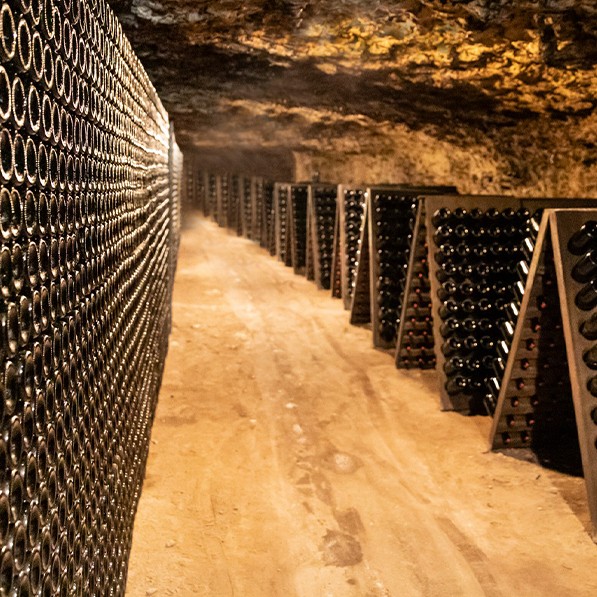
1936-1937
It is no coincidence that Vouvray was the first “Appellation d'Origine Contrôlée” (AOC) to be officially recognised in Touraine in 1936. In 1937 a wine brotherhood was created to promote it.
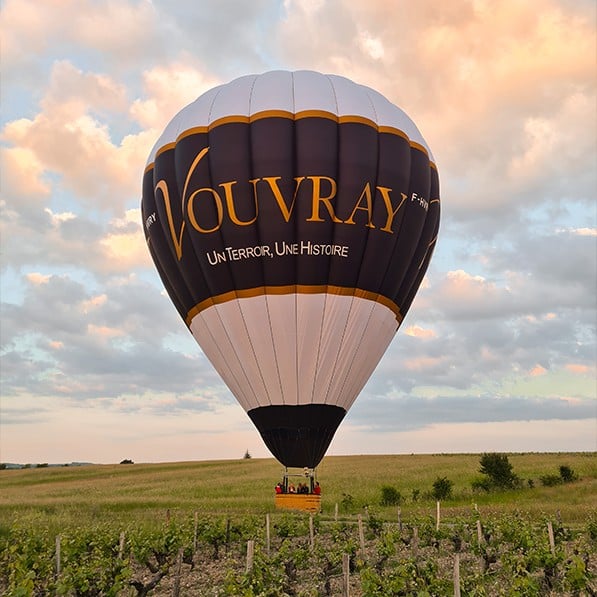
These days
Today the Vouvray vineyard remains practically unchanged. The AOC numbers about 150 estates spread over 2,300 hectares and located in 8 villages: Tours, Vouvray, Chançay, Noizay, Reugny, Rochecorbon, Vernou-sur-Brenne and Parcay-Meslay.
The Loire river
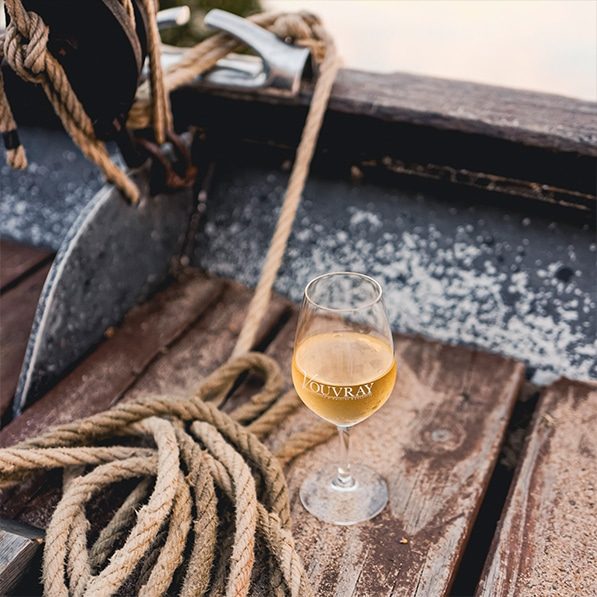
The Loire – the longest river in France and the last wild river in Europe – is the gateway to the vineyards. It shapes the landscape and invites you to venture up the hills where the vines are planted. The vineyard overlooks this majestic river which, for centuries, was a busy means of transportation for wines, that travelled up and down the river on traditional wooden boats called ‘gabares’.
The Loire also naturally regulates the local climate and temperatures, its moderating effect being conveyed to the vineyards thanks to the numerous valleys that shape the hillsides.
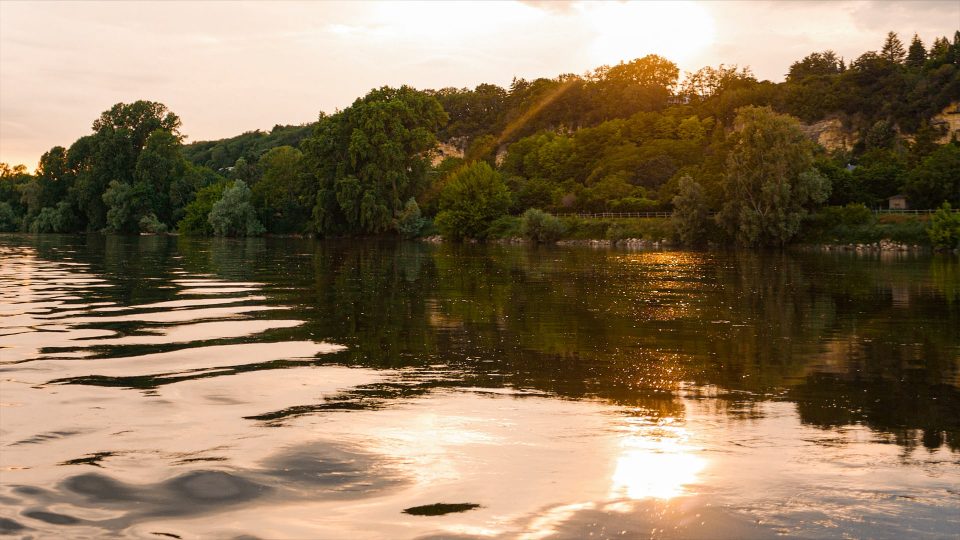
THE AIR FLOWING BETWEEN THE PLATEAUX AND THE RIVER
Contributes to climatic conditions that are ideal for the Vouvray vineyard, located where both ocean and continental influences meet. Here, in the heart of the Loire Valley, sea winds meet up and combine with inland winds.
Summers generally have at least one heatwave that lasts for several days. Rainfall is around 680 mm a year.
Soils
As far as soils are concerned, the vineyard of Vouvray is made up of several layers. The vineyards that frame the edge of the plateau overlooking the Loire are made of soft chalk from the Turonian period called “tuffeau”. This is topped with a clay and siliceous layer from the Senonian, Eocene and Mio-pliocene periods and crowned by silt wind-blown deposits from the Quaternary era.
A HISTORIC VINEYARDS THAT SPAN CENTURIES, SCORES OF SMALL MAPPED AREAS MAKE UP THE VOUVRAY APPELLATION
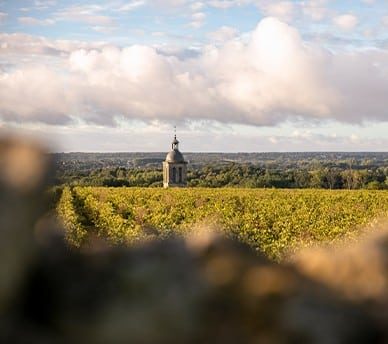
The ‘lieux-dits’ (small geographical areas bearing traditional names) or ‘clos’ (walled vineyards) reflect Vouvray’s geological diversity and reputation.
The numerous ‘clos’ of AOC Vouvray are often surrounded by stone walls where flint stones rub shoulders with soft limestone. The most prestigious ‘clos’ such as Clos Naudin, Clos du Bourg, Clos du Petit Mont or Clos de Rougemont are renowned worldwide.
‘Clos’ are often located close to the edge of the limestone ridge overlooking the valleys, directly above the troglodyte wine cellars dug in the limestone.
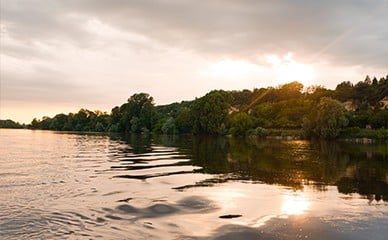
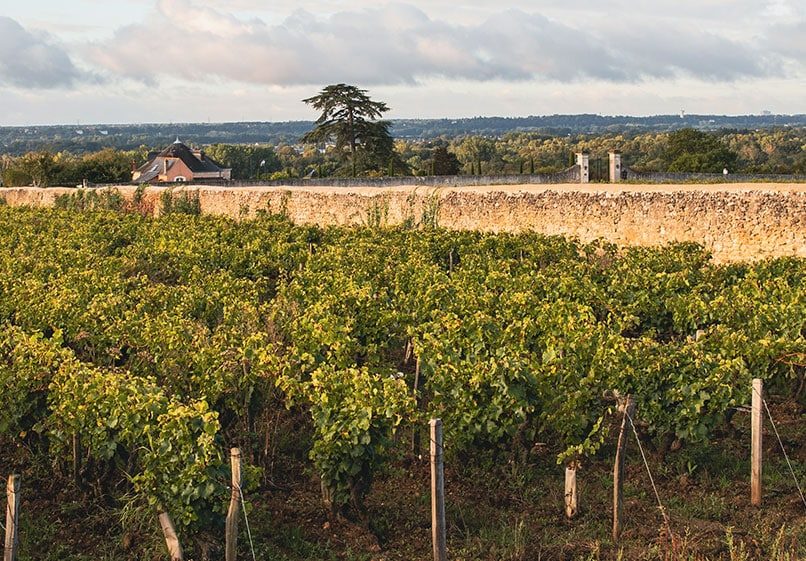
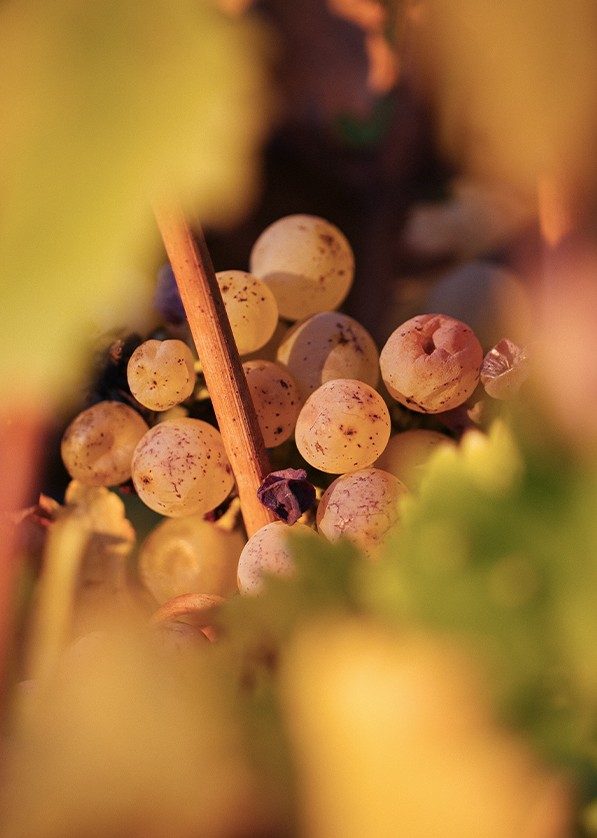
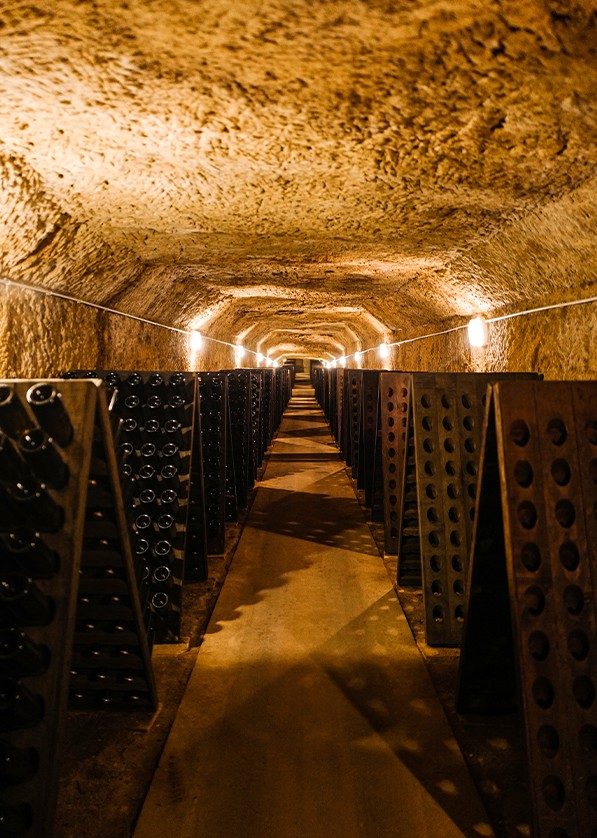
TROGLODYTES
Since Roman times, the Vouvray landscape has been known for its troglodyte wine cellars, dug in the yellow limestone cliffs of the valleys. They are former quarries where limestone was extracted to build the houses, churches and vineyard walls of the area. They have a chequered history.
Then these caves were used to grow mushrooms. Members of the
resistance used them during the Second World War. Local winemakers dug out
galleries by hand in their spare time. With high humidity and a constant
temperature of 12°C all year round, they offer ideal natural conditions to
make, store and age quality wine. Vouvray wines develop new aromas and
complexity thanks to these vast natural storage and handling areas dug out in
the limestone long ago.
